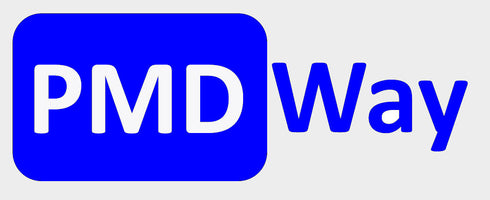
Pocket Synth Revolution: The Credit Card-Sized PCB Stylophone
A new DIY project is shrinking classic electronic music down to pocket size. Maker 'Electro Retro' has published an Instructable detailing how to build a fully functional Stylophone - the iconic 1960s miniature synthesizer—on a printed circuit board (PCB) that's the size of a credit card.
Design and Key Features
The project, which puts a modern spin on the vintage instrument, is based on the original Stylophone concept, which uses a stylus to complete circuits and generate tones. The creator utilized the LMC555 timer IC for the main oscillator circuit but introduced several modern upgrades:
Vibrato Function: A vibrato switch was added to create a wobbly, pitch-modulating effect, expanding the instrument's sound palette.
Rechargeable Power: The device includes a small battery charging circuit and a Type-C USB port, powering the synth with a 3.7v 300mAh LiPo battery.
Aesthetic PCB: The PCB design itself serves as the instrument, featuring a visually striking Black solder mask and an ENIG finish for superior conductivity on the note-playing pads. The front is even customized with fun doodle art.
The small scale required the use of Surface-Mount Device (SMD) components, making the soldering process a challenge best suited for intermediate to advanced DIY enthusiasts.
The Build: From Board to Beat:
The build process is meticulously detailed, showcasing true maker spirit. The PCB was designed using EasyEDA and manufactured by Lion Circuits.
Assembly: After soldering the tiny SMD components by hand, the maker attached a 16-ohm speaker and the rechargeable battery.

Stylus Creation: The stylus is built using a simple combination of two alligator clips and flexible silicone wire, chosen for its comfort and durability.
Custom Case: To protect the exposed electronics, particularly the battery, a sleek, minimalist enclosure was designed in Tinkercad and 3D printed, completing the pocket-friendly form factor.
The final product is a testament to what's possible with modern electronics and a bit of nostalgic inspiration. While the creator admitted that playing music on it is a skill that takes practice, the reward of playing a completely self-built analog synthesizer is undeniable.
For anyone looking to dive into PCB design, SMD soldering, and retro synth sounds, the full instructions and files are available on Instructables.

Leave a comment